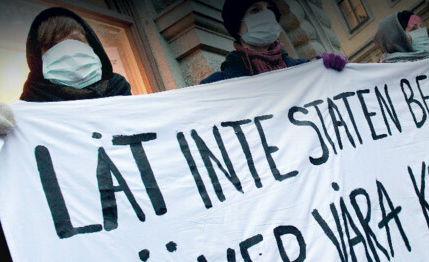
The Nordic welfare states have a modern history marked by involuntary sterilisation and castration. Such practices have targeted different kinds of marginalised groups and people, whose sexuality and reproduction were considered inappropriate: poor women, exhausted mothers, people with disabilities, Romani people, sexual offenders, homosexual men and trans people. In light of the Nordic states’ embrace of human and constitutional rights during the last decades, these practices have become problematised. My book Grievance Formation, Rights and Remedies: Involuntary Sterilisation and Castration in the Nordics, 1930s–2020s investigates why some victims in Sweden, Norway and Finland have been redressed, and why others have largely been ignored by the states.
In the mid-2010s, when I initially started researching the topic, I was struck by the fact that Sweden had established a compensation scheme for historical victims of involuntary sterilisation – such practices often being considered a ‘dark chapter’ of the country’s modern history – and that there were contemporary discussions of similar compensations to involuntarily sterilised trans people. Contrastingly, similar historical practices in the neighbouring country Finland were largely unknown to the general public – and the country still enforced sterilisation requirements for legal gender recognition.
The diverging treatment of victims by the relatively similar Nordic countries, often considered havens of gender equality and human rights, was something that I wanted to investigate further. Why do some practices become considered human rights violations, while silence surrounds others? Why has involuntary sterilisation and castration – as well as reproductive rights violations in general – been addressed so selectively, inconsistently and late by the international human rights community? Why do some victims mobilise, while others are afraid or ashamed to address their harm publicly? What makes a state respond positively to some victims’ mobilisation, while it rejects the claims of others? The book provided me with a chance to dive deeper into these questions, particularly looking into how harms develop (or do not develop) into individual and collective grievances, and how these become publicly recognised and redressed.
The analysis in the book provides valuable lessons about the evolution of human and constitutional rights, the welfare state and state responsibility in both a national and global context.
I will discuss the analysis and findings of the book in my upcoming book tour in Norway, Sweden and Finland. There will also be virtual book discussions. I warmly invite interested readers to join these events – you can get more details about these events by following me on LinkedIn.
Latest Comments
Have your say!